Volkswagen T-Roc Is Definitely Not Coming to America Now (and Probably Not Ever)
Volkswagen is perpetually late to the SUV party. That much we knew already. The Volkswagen Touareg came late, and was improperly positioned. The Volkswagen Tiguan was much later, and it too was overpriced and undersized. The Volkswagen Atlas, the brand’s first three-row crossover, only arrived in America this spring.
The Volkswagen T-Roc was clearly not the first guest to arrive, either. The Nissan Juke, Mini Countryman, Subaru Crosstrek, Buick Encore, Chevrolet Trax, Jeep Renegade, Fiat 500X, Honda HR-V, and Mazda CX-3 have been collecting U.S. sales for years. But it’s not as though Volkswagen was the only major automaker late to the party. Ford’s EcoSport still isn’t here, the Hyundai Kona and Kia Stonic were unveiled only recently, and Toyota’s C-HR is a fresh release that lacks an all-wheel-drive option.
But the Volkswagen T-Roc, revealed last week, will be more than just late to the party. In the United States, the Volkswagen T-Roc has returned its invitation by ticking the wrong box. Regret to decline.
Volkswagen of America has confirmed to TTAC that the Volkswagen T-Roc will not come to the United States, probably not ever.
But it’s highly unlikely that Volkswagen will leave the Tiguan Limited — the new de-contented, low-priced Tiguan that’s already been replaced by a new Tiguan — to take the fight to America’s growing fleet of subcompact utility vehicles. Instead, expect a different small utility vehicle, a small crossover that might appeal more directly to the U.S. masses, to set foot on American shores.
Is the T-Roc too small, too big, too costly, too… something to earn its way against the Jeep Renegade and Honda HR-V and Buick Encore? Volkswagen won’t say precisely why the T-Roc is unfit for U.S. duty. The decision is an odd one. Five months ago, after Volkswagen’s U.S. boss Hinrich Woebcken acknowledged the brand’s woeful under-representation in the U.S. SUV/crossover sector, reports suggested Volkswagen’s U.S. dealer network was entirely ready to sell T-Rocs.
So far this year, only 14 percent of Volkswagen’s U.S. volume is derived from utility vehicles. More than 40 percent of the vehicles now sold in America are SUVs/crossovers.
Yet Volkswagen is now pointing out that most small utility vehicles sold globally are sold in Europe and China. To be fair, the U.S. subcompact crossover market is small. With fewer than 320,000 sales through 2017’s first seven months, the subcompact crossover sector generates far fewer sales than the Toyota RAV4 and Honda CR-V, which combined for nearly 450,000 sales during the same period.
But it is a growth sector, and it’s one that Volkswagen appears perfectly willing to neglect, at least for a little while longer. According to Bloomberg, Volkswagen plans seven new utility vehicles by the end of next year.
[Image: Volkswagen]
Timothy Cain is a contributing analyst at The Truth About Cars and Autofocus.ca and the founder and former editor of GoodCarBadCar.net. Follow on Twitter @timcaincars.
More by Timothy Cain
Latest Car Reviews
Read moreLatest Product Reviews
Read moreRecent Comments
- Lou_BC Well, I'd be impressed if this was in a ZR2. LOL
- Lou_BC This is my shocked face 😲 Hope formatting doesn't fook this up LOL
- Lou_BC Junior? Would that be a Beta Romeo?
- Lou_BC Gotta fix that formatting problem. What a pile of bullsh!t. Are longer posts costing TTAC money? FOOK
- Lou_BC 1.Honda: 6,334,825 vehicles potentially affected2.Ford: 6,152,6143.Kia America: 3,110,4474.Chrysler: 2,732,3985.General Motors: 2,021,0336.Nissan North America: 1,804,4437.Mercedes-Benz USA: 478,1738.Volkswagen Group of America: 453,7639.BMW of North America: 340,24910.Daimler Trucks North America: 261,959




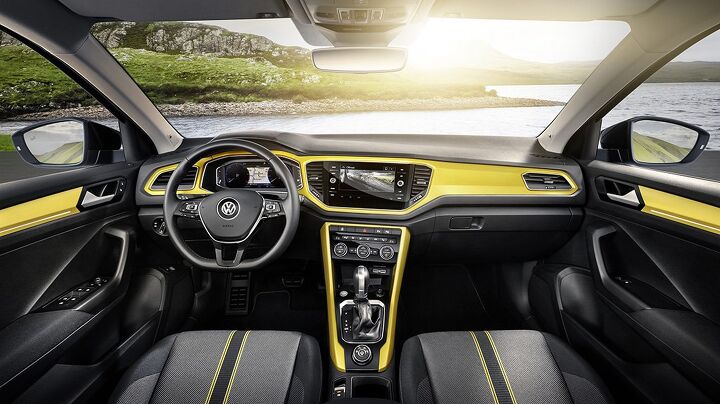


















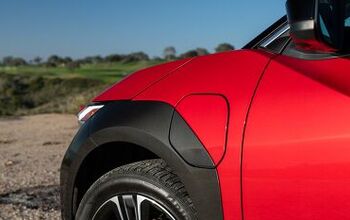
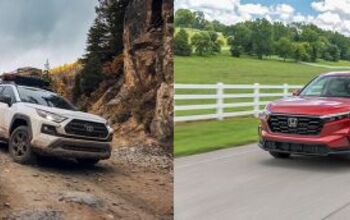



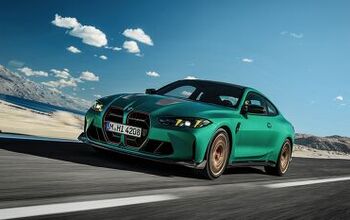
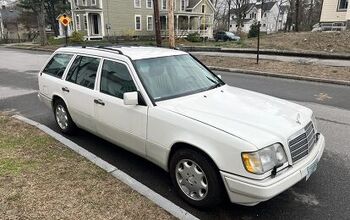


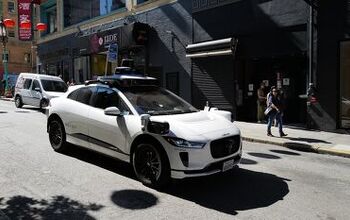
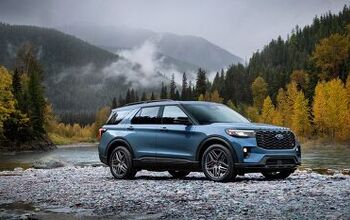
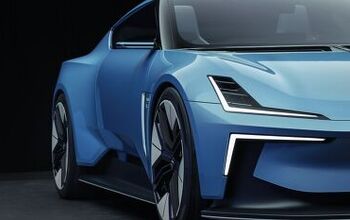
Comments
Join the conversation
It's nice to see the CUV craze lose one, makes me smile. Stick with it VW. And hey, site admins, WordPress 4.8.1 is available. Just thought I'd let you know!
I get it, maybe at current sales volume the subcompact crossover segment doesn't pencil out. Last year the entire segment was just over 500k. The range of sales varied from 10-20k for the Fiat, Mini, and Mazda to about 100k for the Jeep and Subaru. However, VW sales have been in decline since 2012. Maybe they passed because they know the market has peaked and this would much likelier Ben selling closer to 10-20k a year than 100k. My question is how do we know if the shift towards crossovers has ended/stabilized. What's if car sales fall further? Wouldn't VW want to offer thisnfor that contingency.